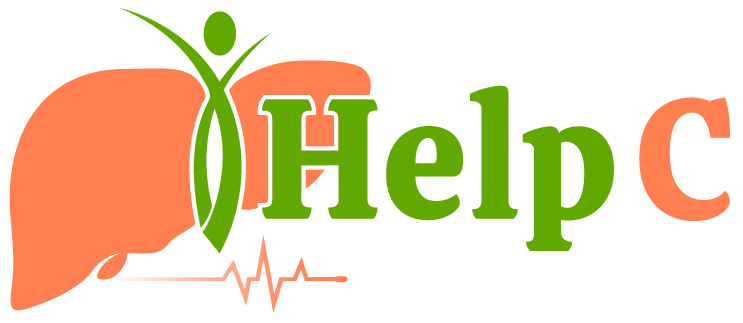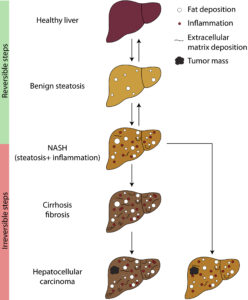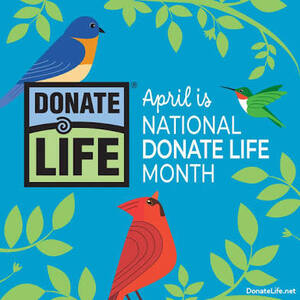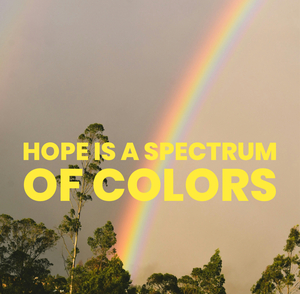Up until recently, the term fatty liver disease has been used by both doctors and patients. If a person was somewhere on the liver disease spectrum, they were diagnosed using the term NAFLD or NASH. That stood for Non-alcoholic fatty liver disease NASH or non-alcoholic steatosis. Notice the past tense. New liver language 2023: MASH and MAFLD were just approved to be the new terms at the International EASL meeting in Vienna. This global decision isn’t a surprise to many who follow. The topic has been discussed for a long time.
Last fall at The Liver Meeting (TLM) in Washington DC, there was a presentation regarding the change to different nomenclature (or language) for people with liver disease. There were a variety of reasons and differing opinions presented. Patient advocates were listened to whole heartedly. Some gave heated opinions, while others, like myself, tried to see it from all view points. The new terms are SUPER accurate at describing steatosis and can also be found at the bottom on this blog. I tried to make it clear for us to understand.
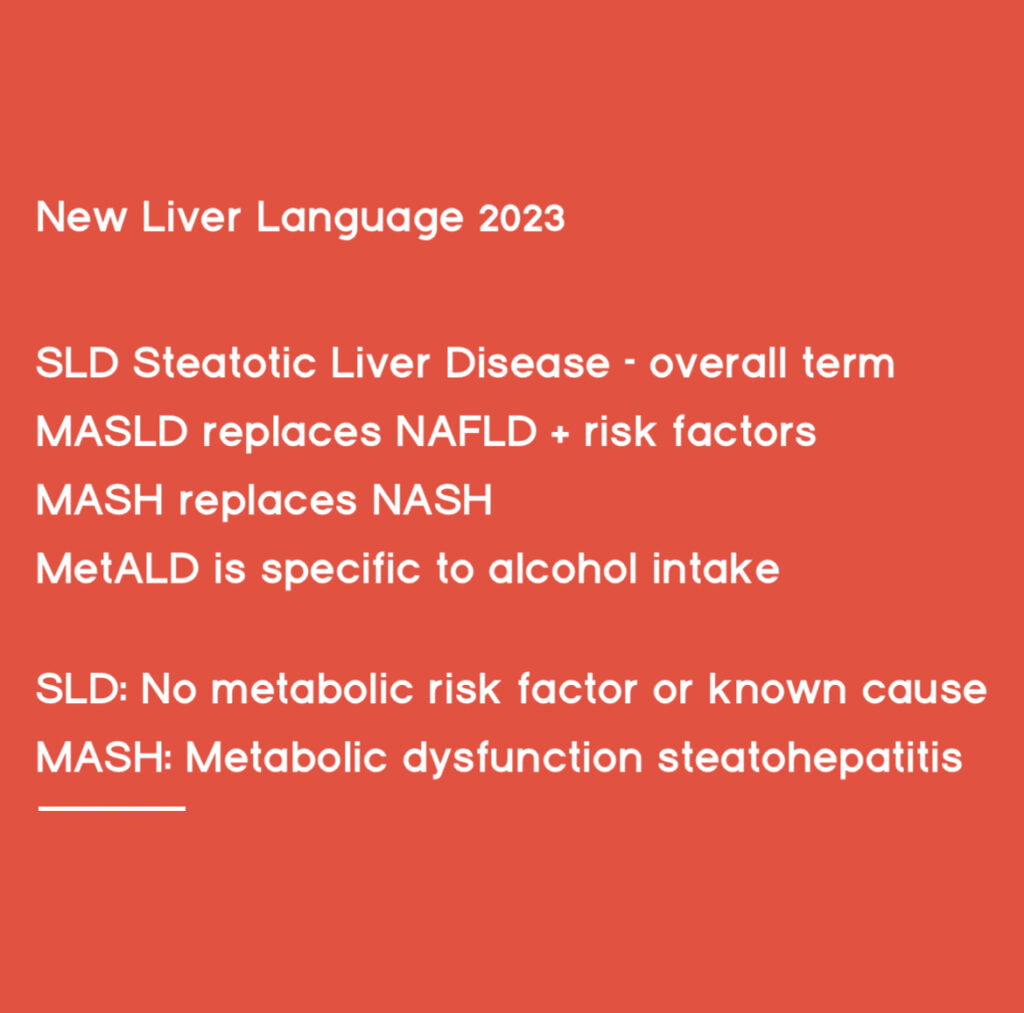
Fatty Liver Disease?
I’ve never had fatty liver disease. Many of my readers have, and I’ve heard a lot about what they go through during the process of diagnosis and treatment. I have heard painful stories regarding the stigma people had to endure from medical providers and also from friends or family. That is the main reason for the change, in my opinion. Medical providers, surgeons, hematologists, and the medical community in general wanted to speak of people who have fat on their liver with more respect.
Certainly, people have felt shamed when talking about their liver disease and diagnosis. That happens with many different types of liver disease. Recently, during an international liver meeting, the decision to change the nomenclature was announced. I don’t know the exact timeline of how it happened. But for Ihelpc.com, it means that some articles are going to be going through an update. I’m working on one right now about the spectrum of what has been called fatty liver.
For now, I’ll just introduce, and explain what the new terms are and how it might affect you. New liver language 2023: MASH and MAFLD
Email from Norah Terrault, President of AASLD
Here is the verbatim email that went our from Norah Terrault, who is the current president of the AASLD (American Association for the Study of Liver Disease).
“I am pleased to share with you that the global community chose steatotic liver disease (SLD) as an overarching term to encompass the various aetiologies of steatosis. The term steatohepatitis was felt to be an important pathophysiological concept that should be retained. Nonalcoholic fatty liver disease (NAFLD) will now be metabolic dysfunction-associated steatotic liver disease (MASLD). MASLD encompasses patients who have hepatic steatosis and have at least one of five cardiometabolic risk factors. A new category, outside pure MASLD, termed MetALD (pronunciation: Met A-L-D) was selected to describe those with MASLD who consume greater amounts of alcohol per week (140 g/week and 210 g/week for females and males respectively). Those with no metabolic parameters and no known cause have cryptogenic SLD. Metabolic dysfunction-associated steatohepatitis (MASH) is the replacement term for NASH.”
New Names and a New Category
SLD Steatotic Liver Disease (stee toe tot ick) is the overall term for steatosis
MASLD (mass el dee) replaces NAFLD + 1 of 5 cardiometabolic risk factors
MetALD (met A eL Dee) is specific to alcohol use
MASH (mash) replaces NASH
Liver Language 2023: SLD MASH and MAFLD
Hopefully this will help you to understand the new terms that medical providers will begin to use. It is going to take some time. There are medical codes, many websites, literature, and years of using the old terms. You can expect the older codes to be used in billing and in other paperwork for a while. Soon medical codes in general will adopt the new terminology or nomenclature.
This is a long time coming, and it’s a positive move for people with liver disease. The doctors, clinicians, surgeons and who medical community who make up the membership of the AASLD all have you, the patient and caregivers in mind. For that, we can all be thankful for the new terms.
If you would like to follow the AASLD and get news anytime, go to @AASLDTweets on Twitter. It’s @AASLD on Instagram and Facebook.
xo Karen
